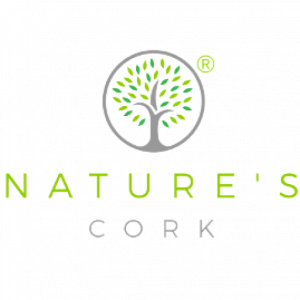Enhancing Your Yoga Practice with Yoga Blocks Across Different Styles
Yoga blocks are a versatile and essential prop in yoga practice, offering support, stability, and an enhanced range of motion. No matter your level, yoga blocks can help refine alignment, deepen stretches, and make poses more accessible. Different yoga styles integrate blocks in unique ways, targeting various muscle groups and promoting strength and flexibility. Additionally, yoga blocks come in different sizes, typically 3-inch, 4-inch, and 5-inch widths, allowing practitioners to choose the best fit for their needs. Smaller blocks offer subtle support, while larger blocks provide extra stability and height, making them ideal for beginners or those with limited flexibility.

Yoga Blocks in Various Styles
Hatha Yoga: Building a Strong Foundation
Hatha yoga focuses on foundational poses and proper alignment. Blocks are often used to provide stability and support, especially for beginners. In standing forward folds (e.g., Uttanasana), placing blocks under the hands helps extend the spine and engage the hamstrings. Similarly, in Triangle Pose (Trikonasana), using a block under the lower hand maintains balance and strengthens the obliques and core. A larger block can be beneficial for those with tight hamstrings, allowing them to maintain proper form without straining.
Vinyasa Yoga: Enhancing Flow and Flexibility
Vinyasa yoga is dynamic, linking breath with movement. Blocks assist in maintaining fluid transitions and deepening postures. For example, in Crescent Lunge, placing hands on blocks improves alignment and stretches the hip flexors. Using a block between the thighs in Chaturanga Dandasana promotes proper engagement of the core and upper body muscles, reducing strain on the shoulders. Practitioners with smaller hands may find thinner blocks easier to grip, enhancing control during transitions.
Yin Yoga: Deepening Stretches for Connective Tissue
Yin yoga focuses on long-held poses that target deep connective tissues and joints. Blocks can be used to provide gentle support in poses like Supported Bridge, which opens the chest and strengthens the spine. In Butterfly Pose, placing blocks under the knees reduces tension in the inner thighs while still engaging the hip joints. A larger block can elevate the hips slightly for those with tighter hips, making the pose more accessible.
Restorative Yoga: Encouraging Relaxation and Recovery
Restorative yoga prioritizes relaxation by using props for support. Blocks elevate the body in poses like Supported Fish, which stretches the shoulders and chest while relieving tension in the upper back. In Legs-Up-the-Wall Pose, a block under the sacrum aids in spinal decompression and enhances circulation. For a more gentle incline, a lower block height may be preferable, whereas a higher block can provide a deeper stretch.
Ashtanga Yoga: Developing Strength and Endurance
Ashtanga yoga is an intense practice that demands strength and discipline. Blocks assist in challenging poses, such as Arm Balances, where they provide a lift for transitioning into Crow Pose. Using blocks for L-Sit exercises activates the core and strengthens the arms while improving wrist stability. Smaller blocks can create a greater challenge by reducing the surface area for support, while larger blocks offer more stability for those still developing strength.

Why Choose Cork Yoga Blocks Over Synthetic Blocks?
When selecting yoga blocks, cork blocks stand out for their natural durability and eco-friendly properties. Unlike foam or plastic alternatives, cork blocks offer a firmer grip, reducing slipping even when hands are sweaty. This makes them ideal for stability in balancing poses like Half Moon (Ardha Chandrasana), where a secure base is crucial.
Additionally, cork blocks are more sustainable, made from renewable materials without harmful chemicals. Their dense composition provides excellent support for weight-bearing poses, ensuring longevity and resilience. Choosing cork blocks enhances both your practice and your commitment to a more environmentally conscious lifestyle. The availability of different sizes in cork blocks ensures that every practitioner can find the right level of support, whether for deepening flexibility, maintaining balance, or enhancing strength.

